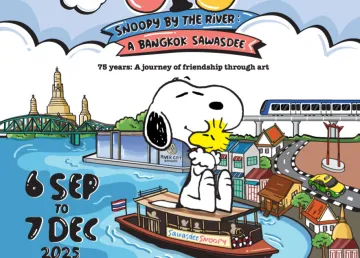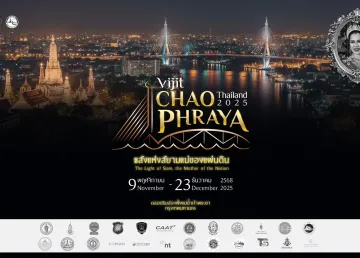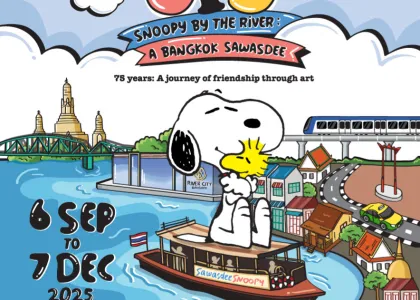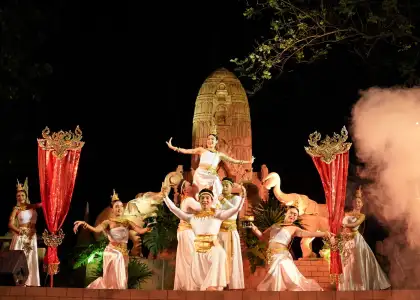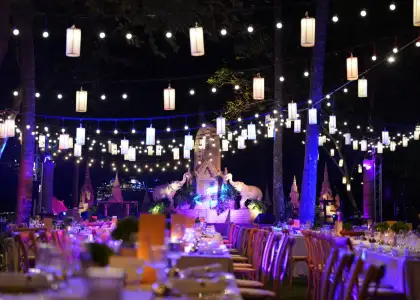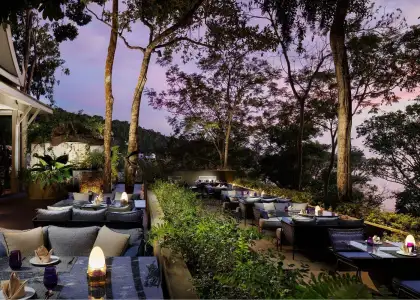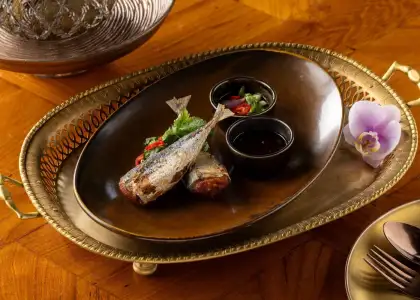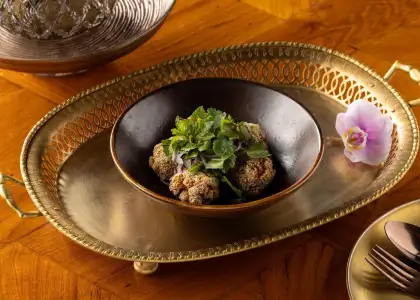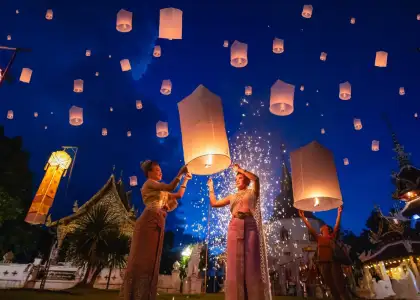‘Tom Yum Kung’ and ‘Kebaya’ Added to UNESCO’s Cultural Heritage List
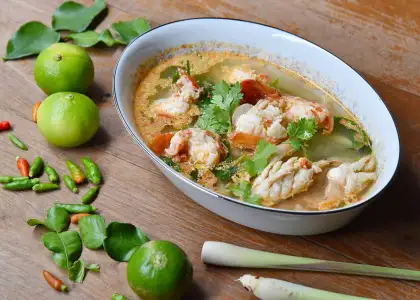
The United Nations Educational, Scientific and Cultural Organization (UNESCO) just added two new inscriptions to the Representative List of the Intangible Cultural Heritage of Humanity, underscoring Thailand’s vibrant cultural heritage.
Tom Yum Kung, a renowned prawn soup dish, and Kebaya, a traditional upper garment often adorned with intricate embroidery, have officially earned spots on the prestigious heritage list as announced by the Tourism Authority of Thailand (TAT). This reaffirms Thailand’s rich cultural tapestry, cementing itself among the world’s premiere travel destinations.
“These new UNESCO listings not only celebrate the depth of Thailand’s cultural heritage but also present an invaluable opportunity to enhance our range of travel experiences,” said TAT Governor, Ms. Thapanee Kiatphaibool. “Visitors can now delve deeper into Thai traditions, from savoring authentic Tom Yum Kung to discovering the local significance of the Kebaya in southern communities. This global recognition will inspire travelers to explore and appreciate Thailand’s multifaceted cultural landscape.”
Thailand is known for its vibrant and unique culinary arts, and its citizens take pride in the international recognition of the traditional dish, Tom Yum Kung, which is known for its hot, sour, salty, and sweet flavors that are often accompanied by a symphony of vegetables and mixed seafood. The dish originated among the Buddhist riverside communities in the Central Plains of Thailand and reflects Thai Buddhist values and the embodiment of traditional knowledge of the local environment and resources. This dish has gained popularity globally, the recipe having been transmitted through various restaurants and organizations.
On the other hand, Kebayais a shared cultural tradition across several Southeast Asian nations including Singapore, Malaysia, Brunei, and Indonesia. It comes in various lengths and styles and is often worn with fasteners such as brooches or buttons and a matching sarong (a long waist wrap). This top is worn by women in both casual and formal events from performing arts to social gatherings and festivals. Modern designs have also been showcased in fashion shows and beauty pageants to reflect the wearer’s cultural identity.
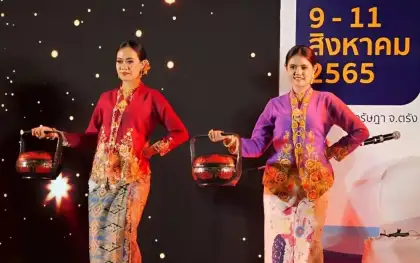
The process of making kebaya involves specific skills and knowledge such as design selection, cutting of fabrics, and sewing techniques, as well as embroidery styles that make it a true cultural treasure in Thailand.
These two additions join four other cultural heritage gems on the list namely, the Songkran (Traditional Thai New Year Festival), Nora (Dance Drama in Southern Thailand), Nuad Thai (Traditional Thai Massage), and Khon (Masked Dance Drama). The growing recognition is proof that the Land of Smiles is filled with long-standing traditions, awe-inspiring natural wonders, and unique culinary delights that will surely appeal to travelers all over the world.
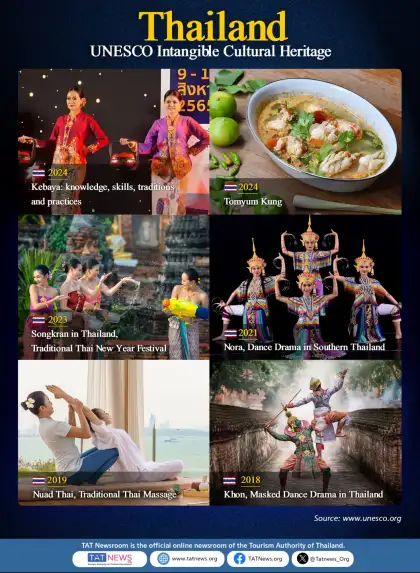
Discover Amazing Thailand today. Follow TAT on Facebook, X (Formerly Twitter), and Instagram to learn more about the country’s featured sights and experiences.
Get the latest curated content with The Beat Asia's newsletters. Sign up now for a weekly dose of the best stories, events, and deals delivered straight to your inbox. Don't miss out! Click here to subscribe.


